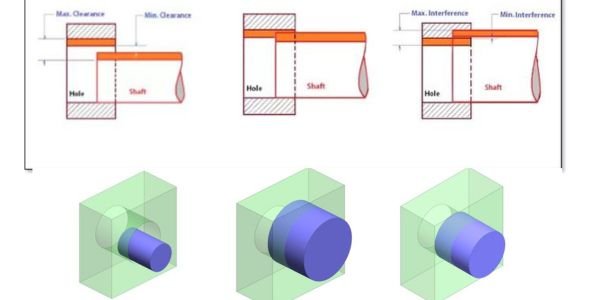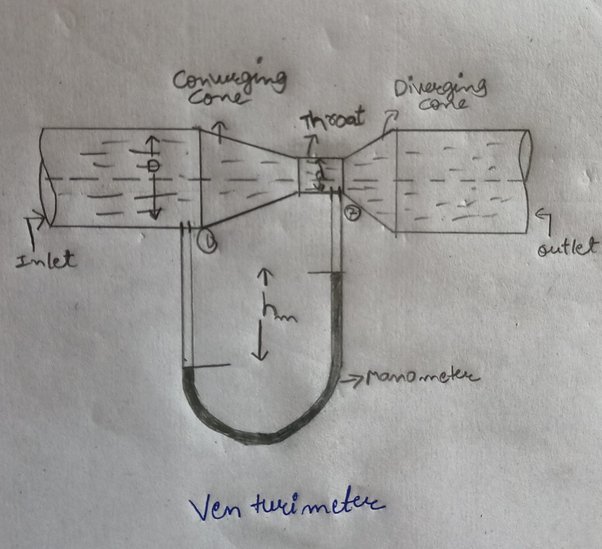Table of Contents
Introduction:
The spring constant (k) is a measure of a spring’s stiffness, which refers to how much force is needed to stretch or compress the spring. The spring constant plays an essential role in understanding and predicting the behavior of springs, whether they are used in simple household devices or advanced industrial machinery.
What is Spring Constant?
The spring constant, denoted by k, is a measure of the amount of force needed to stretch or compress a spring by a given distance. This concept is commonly used in the design of springs, as well as in the analysis of the behavior of springs in various applications. The spring constant is also sometimes referred to as the force constant or the stiffness constant of a spring.

Calculating Spring Constant:
The spring constant can be calculated using Hooke’s Law, which states that the force required to stretch or compress a spring is proportional to the distance the spring is stretched or compressed. The formula for the spring constant is given by:
k = F/x
where k is the spring constant, F is the force applied to the spring, and x is the distance that the spring is stretched or compressed.
Unit of spring constant:
The unit of spring constant is Newtons per meter (N/m) in the SI system.
How does the spring constant formula work?
The spring constant formula works by quantifying the relationship between the force applied to a spring and the resulting displacement. The spring constant represents the stiffness of the spring, or how much it resists being stretched or compressed.
For example, if we apply a force of 10 N to a spring and it stretches by 2 meters, we can calculate the spring constant as:
k = F / x = 10 N / 2 m = 5 N/m
This means that the spring requires 5 Newtons of force per meter of displacement.
Applications of Spring Constant:
1. Hooke’s Law: The spring constant formula is closely related to Hooke’s Law, which states that the force required to stretch or compress a spring is directly proportional to its displacement. This law is used extensively in engineering applications, such as designing suspension systems for vehicles and buildings.
2. Force measurement: The spring constant formula is used in the design of force measurement devices, such as spring scales. These devices use a spring with a known spring constant to measure the force applied to it.
3. Elastic potential energy: The spring constant formula is used to calculate the elastic potential energy stored in the spring when it is stretched or compressed. The elastic potential energy is given by the equation:
E = 1/2 kx^2
where E is the elastic potential energy, k is the spring constant, and x is the displacement of the spring.
4. Oscillations: The spring constant formula is also used in the study of oscillations, such as those in a mass-spring system. The period of oscillation, or the time it takes for the mass to complete one cycle, is related to the spring constant and the mass of the object. The period is given by the equation:
T = 2π√(m/k)
where T is the period, m is the mass of the object, and k is the spring constant.
Also, read the parallelogram law of forces






























